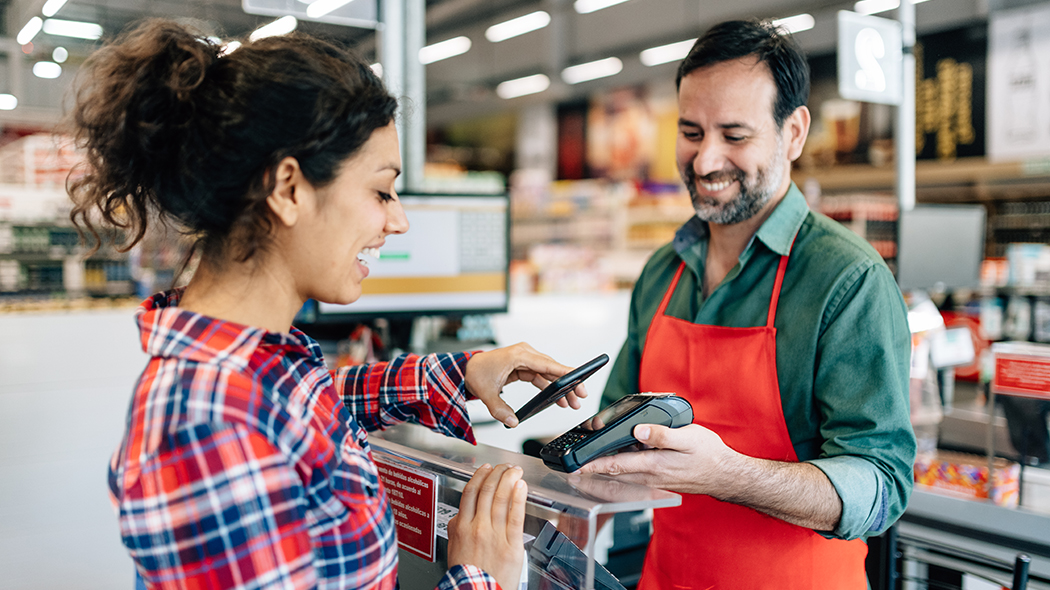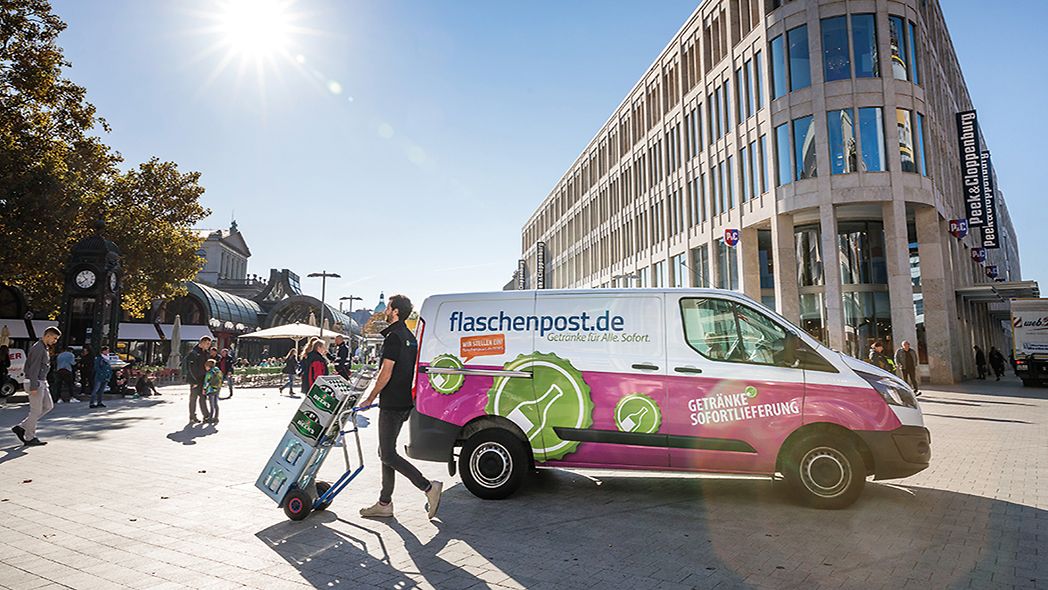Digital and Customer-centric: the Future of Retail
28.07.2021 by Pauline Batzer

Constantly changing customer needs, an increasing focus on sustainability and growing competition from e-commerce mean that stationary traders face challenging times. What opportunities does digitization offer?
Many stationary traders have suffered revenue losses in recent months. In January to May 2021 alone, German non-food businesses reported sales down by up to € 40 bn compared with pre-Covid figures, according to the retail trade association Handelsverband Deutschland. Retailers not only need to boost their profitability and efficiency in the future; they must also respond to changing customer needs such as for customized shopping experiences or for more sustainability. In the webinar The Digital Future of Retail my colleague Alexander de Poel and I present strategies and technologies relating to the Internet of Things (IoT) that enable stationary traders to achieve these objectives and to shape their digital future successfully.



